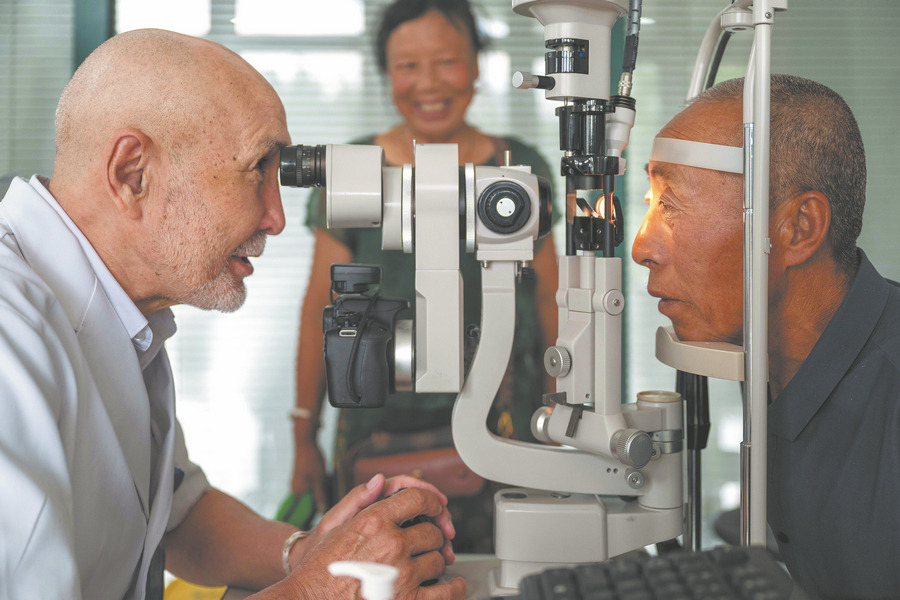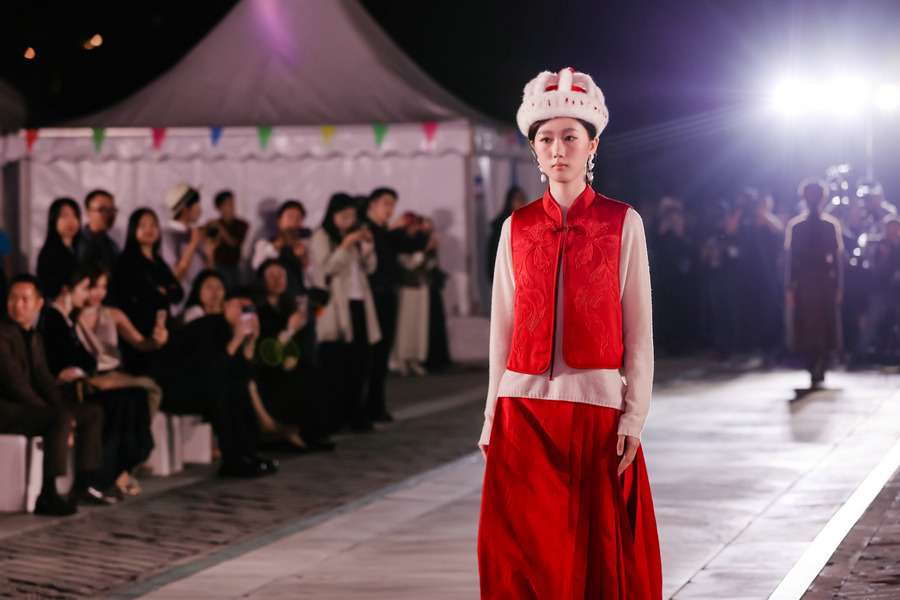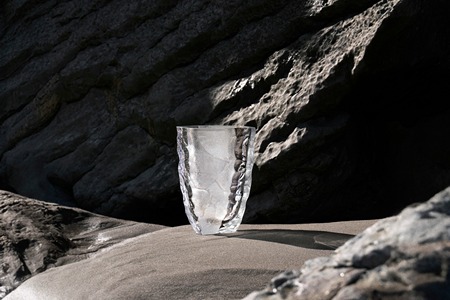Flying Scotsman: From Olympic racing legend to wartime hero

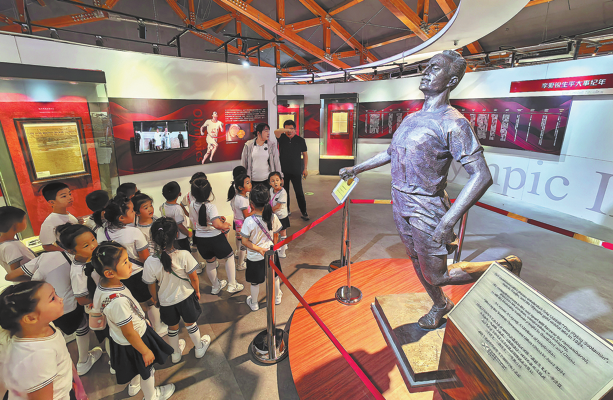
EDINBURGH — Tucked into the quiet residential streets of Morningside, the Eric Liddell Community stands at a crossroads locals call Holy Corner. The former church, a fine example of Victorian architecture that blends seamlessly with its surroundings, is now a community care center and charity.
Today, it houses exhibitions, records and memorabilia of the Olympic gold medalist and former prisoner of war during the Chinese People's War of Resistance against Japanese Aggression (1931-45).
To most Scots, the name "Eric Liddell" needs no introduction. Known as the "Flying Scotsman", his story has become part of national legend. Yet, few realize that the Olympic champion who once stunned the world later spent much of his life in China, where he taught and preached, and finally died in a Japanese internment camp.
At the 1924 Paris Olympics, Liddell captured gold in the men's 400 meters in 47.6 seconds, setting a new Olympic and world record. Upon returning to Edinburgh, he was honored as a hero by schools, churches and sports clubs across Scotland. In 1981, the Oscar-winning film Chariots of Fire further cemented his status as an icon. A century later, he remains one of Scotland's most admired sports figures, topping the public vote when inducted into the Scottish Sports Hall of Fame in 2002.
After the Paris Olympics, Liddell made a choice that again surprised many. He returned to Tianjin, the northern Chinese city of his birth. Born in 1902 to Scottish missionary parents, he had spent his early years in China before returning to Britain.
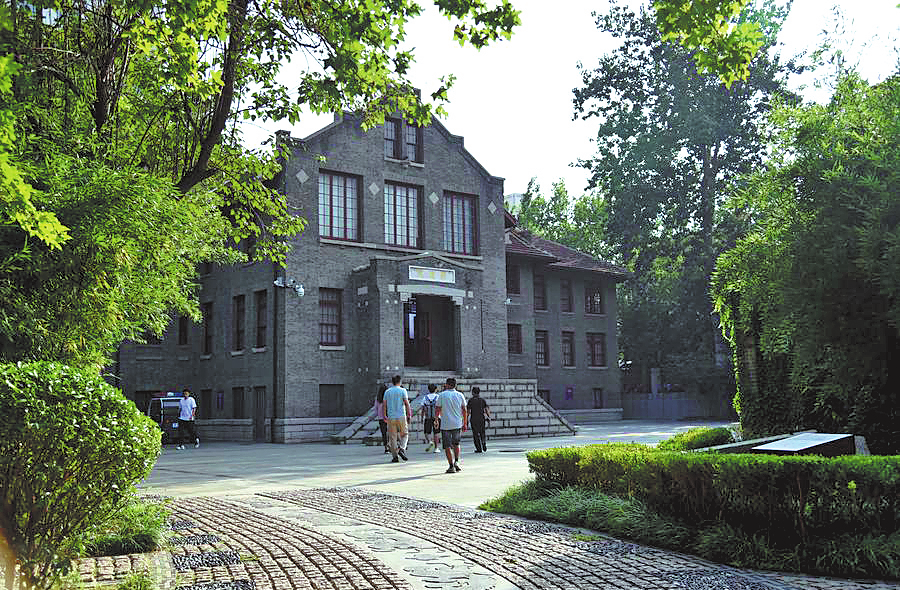
Standing firm
In Tianjin, he taught at an Anglo-Chinese college and left a visible legacy in sports by helping design and promote the Minyuan Stadium. Modeled after London's Stamford Bridge, the stadium became one of Asia's most advanced sporting venues of its time, hosting international competitions and serving as a training ground where Liddell himself won several medals.
When Japan launched a full-scale invasion of China in 1937, Liddell chose not to leave. Instead, he moved to Hebei province, where he taught villagers amid the turmoil.
By 1941, as conflict escalated, he made the painful decision to send his pregnant wife, Florence Mackenzie, and their two young daughters to safety in Canada, while he stayed behind.
His niece, Sue Caton, recalls a little-known story told by Mackenzie. Liddell had smuggled money through checkpoints by hiding it inside a hollowed-out baguette, which he carried casually as his lunch. This simple but effective trick enabled him to deliver vital funds to Chinese families in hardship.
In 1943, Liddell was interned by Japanese forces in Weihsien (now Weifang city in Shandong province) along with nearly 2,000 other Western civilians. There, he became affectionately known as "Uncle Eric".
Putting his chemistry degree to practical use, he taught science using scraps of paper, organized games, and repaired sports equipment — even using strips of bed linen to fix broken hockey sticks for the children.
Today, the Eric Liddell Community in Edinburgh displays a remarkable relic from that period: a handwritten chemistry notebook compiled by Liddell in the camp. Its neat, careful handwriting belies the harsh conditions under which it was created.
Camp survivors remembered him as optimistic and humble. He helped the elderly, shared his food, and even gave away his prized running shoes to those in greater need.
"Tragically, Eric did not live to see the liberation of the camp. He died just months before the camp was freed," says Caroline Clark, program manager of the Eric Liddell 100 centenary project.
"But the hope and courage he left behind helped many others endure to the end."
Liddell died of a brain tumor in 1945 at the age of 43. In 1988, a granite memorial carved from stone in his native Isle of Mull was unveiled at his grave in Weifang, inscribed with the words: "They shall mount up with wings as eagles; they shall run and not be weary."
Caton recalls her own visit to China, where she saw the memorial in Weifang firsthand. She also hosted a delegation from Weifang in Edinburgh that brought an exhibition about Liddell and the Weihsien camp.
"We built a genuine friendship," she says.
Shared legacy
Liddell's life and achievements were also showcased at a centenary exhibition at the Tianjin Sports Museum. In a written message, his daughter Patricia Liddell Russell said: "Eric was born in China, worked in China, and died in China. He spent more years of his life in China than in Scotland. Those who knew him at any stage of his life never had a bad word to say about him. To the children in the camp, he was not Mr Liddell but Uncle Eric."
"My father loved China and the people of China. That is why, despite his great success in the Olympic Games in Paris in 1924, and straight after his graduation from the University of Edinburgh, he returned to China," the daughter says.
Today, the Eric Liddell Community in Edinburgh remains active, offering care for people with dementia while also running Chinese cultural activities such as calligraphy, tai chi, and traditional Chinese painting classes.
Xinhua

















